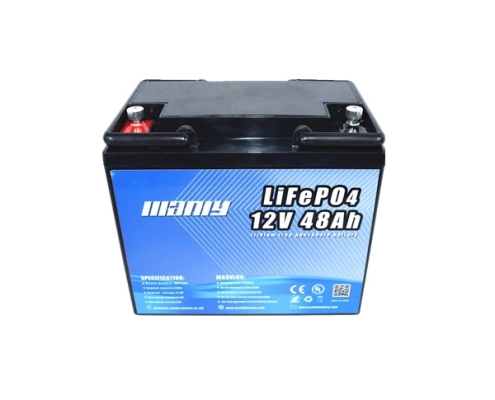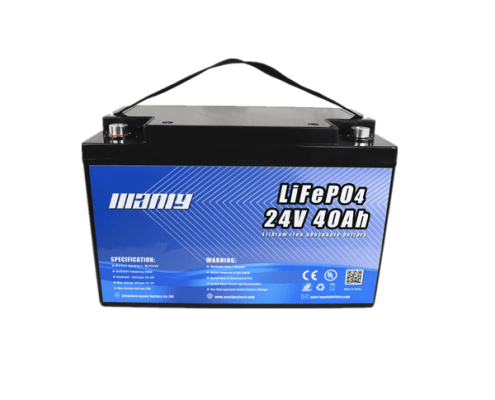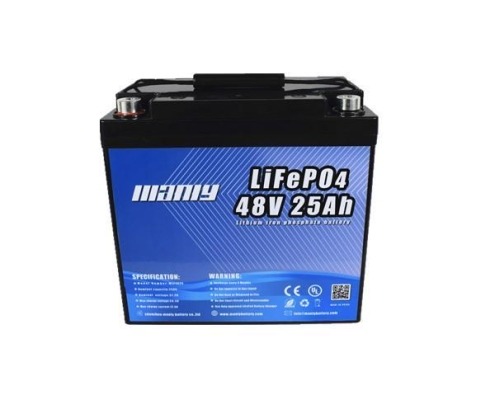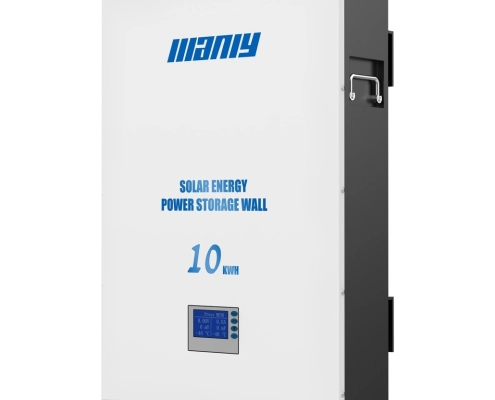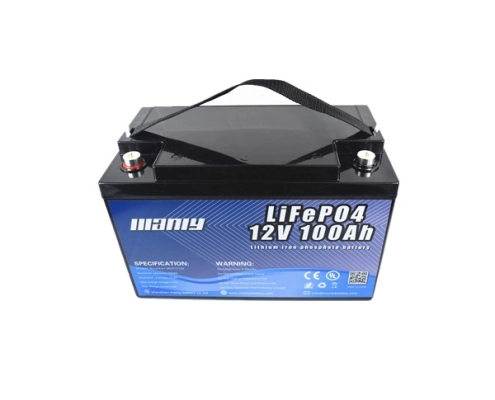Calculadora de tempo de execução de bateria de chumbo-ácido, lítio e LiFePO4
Esta fórmula estima o tempo de execução de baterias de chumbo-ácido, lítio e LiFePO4 sob uma potência de carga específica. Ao inserir a capacidade da bateria (Ah), tensão (V) e potência de carga (W), a calculadora determina a autonomia da bateria (horas) com base na eficiência do tipo de bateria selecionado.
Calculadora de tempo de execução da bateria
Get Bulk Discounts on Lithium Batteries. Click here to Calculate Your Wholesale Price!
Battery Run Time Calculator: Importance of Choosing Differences Between Battery Types
Baterias de chumbo-ácido
Lead acid batteries, a time-tested technology, have been in use since their invention in 1859 by French physicist Gaston Planté. Their reliability and relatively low cost make them a secure and financially savvy choice for many applications.
As baterias de chumbo-ácido são comumente encontradas em:
- Automóveis: A maioria das baterias de automóveis são de chumbo-ácido, fornecendo a energia necessária para dar partida no motor e operar os componentes eletrônicos do veículo.
- Sistemas de energia de reserva: Eles são frequentemente usados em fontes de alimentação ininterruptas (UPS) para energia de reserva de emergência.
- Armazenamento de energia renovável: As baterias de chumbo-ácido armazenam energia em sistemas de energia solar e eólica.
One of the main characteristics of lead acid batteries is their heavy weight and large size compared to other battery types. They have a lower energy density, meaning they store less energy per unit of weight. For example, a typical lead acid battery might weigh between 15 and 30 kilograms. The electrolyte in these batteries is sulfuric acid, and the battery’s operation involves a chemical reaction between the lead plates and the acid.
Lead acid batteries have a cycle life of about 300 cycles, which means they can be charged and discharged about 300 times before their performance significantly declines. They also require regular maintenance. They also have a lower efficiency, with around 80% of the energy put into the battery being retrievable.
Baterias de lítio
Lithium batteries, a more modern and high-performance technology, are known for their high energy density, lightweight, and long lifespan. These characteristics instill confidence and reassurance in their performance and longevity.
As vantagens das baterias de lítio em relação às baterias de chumbo-ácido incluem:
- Maior densidade de energia: As baterias de lítio armazenam mais energia em um pacote menor e mais leve.
- Vida útil mais longa: normalmente duram mais, com mais ciclos de carga e descarga.
- Carregamento mais rápido: Lithium batteries can be faster than lead acid batteries.
- Menos manutenção: Requerem menos manutenção e não têm efeito memória.
As baterias de lítio são amplamente utilizadas em eletrônicos de consumo, veículos elétricos e sistemas de energia renovável. Elas podem durar de 1.000 a 2.000 ciclos, significativamente mais do que as baterias de chumbo-ácido. A sua maior eficiência, cerca de 90%, significa que pode ser utilizada mais energia colocada na bateria.
Baterias LiFePO4
LiFePO4 batteries, also known as lithium iron phosphate batteries, are an advanced type of lithium battery. Their safety and durability make them a secure and confident choice for high-demand and critical applications.
Os benefícios das baterias LiFePO4 incluem:
- Segurança: They are more stable and less prone to thermal runaway or catching fire than other lithium-ion batteries.
- Longa vida útil: As baterias LiFePO4 podem suportar milhares de ciclos de carga e descarga, tornando-as muito duráveis.
- Ampla faixa de temperatura: They perform well across various temperatures.
- Altas taxas de descarga: Essas baterias podem fornecer alta potência para aplicações exigentes.
LiFePO4 batteries have a very long cycle life, often exceeding 2000 cycles, and can maintain about 80% of their capacity even after extensive use. They can handle high discharge rates and be used in extreme temperatures ranging from -20°C to 75°C. Their efficiency is the highest among the discussed types, reaching up to 95%.
As baterias LiFePO4 são comumente usadas em aplicações onde a segurança e a longevidade são críticas, como:
- Veículos elétricos: Fornecendo uma fonte de energia mais segura e duradoura.
- Sistemas de armazenamento de energia: These are used in home and industrial renewable energy storage.
- Baterias marítimas e para trailers: Offering reliable recreational vehicle and boat power.
In summary, understanding the differences between these types of batteries is crucial for selecting the right one for your needs. Lead acid batteries are a reliable, cost-effective choice for many traditional applications. Lithium batteries offer higher performance and longer life, making them ideal for modern electronic devices and electric vehicles. LiFePO4 batteries enhance safety and durability, making them perfect for high-demand and critical applications.
Calculadora do tempo de execução da bateria: o papel da capacidade, tensão, eficiência e potência de carga
Capacidade de carga
Capacidade de carga measures the amount of energy a battery can store. It is usually expressed in ampere-hours (Ah), which indicates how much current a battery can supply over a specific period. For example, a battery with a capacity of 10 Ah can deliver 10 amperes for one hour or 1 ampere for 10 hours. Knowing the battery capacity is crucial because it helps determine how long the battery will last under a given load.
Standardized tests are conducted to measure battery capacity, such as the 20-hour rate test. This test involves discharging the battery at a constant current until it reaches a specific cutoff voltage. For instance, a 100 Ah battery would be discharged at 5 amps (100 Ah / 20 hours = 5 amps). The capacity is then calculated based on the discharge current and time.
Voltagem da bateria
Battery voltage is the electrical potential difference between a battery’s positive and negative terminals. It is measured in volts (V). A battery’s voltage affects its ability to deliver power to a load. Higher-voltage batteries can provide more power, making them suitable for high-power applications.
Typical battery voltage levels vary based on their type and application. For example, lead-acid batteries often come in 12V configurations, while lithium-ion batteries can be found in various voltages, such as 12V, 24V, 36V, and 48V. The voltage also influences the battery’s efficiency and performance, impacting the overall runtime.
Eficiência da bateria
A eficiência da bateria refere-se à porcentagem de energia armazenada na bateria que pode ser recuperada durante a descarga. Diferentes tipos de baterias têm níveis variados de eficiência. Por exemplo, as baterias de chumbo-ácido normalmente têm uma eficiência de cerca de 80%, o que significa que 80% da energia colocada na bateria é recuperável. Em contraste, as baterias de íons de lítio têm maior eficiência, geralmente em torno de 90%, e as baterias LiFePO4 podem atingir até 95%.
Efficiency is critical in determining how effectively a battery can power a load. High-efficiency batteries waste less energy, providing more usable power and extending the battery’s runtime.
Carregar energia
Load power is the amount consumed by the device or system connected to the battery. It is measured in watts (W). Load power directly affects the battery’s discharge rate and, consequently, its runtime. A higher load power will deplete the battery faster, while a lower load power will allow the battery to last longer.
For example, if a device consumes 50 watts and is connected to a 12V battery, it will draw approximately 4.17 amperes (50W / 12V = 4.17A). The battery’s capacity and efficiency determine how long it can sustain this load before recharging.
Por que esses fatores são importantes na calculadora
A calculadora de tempo de execução da bateria de chumbo-ácido, lítio e LiFePO4 usa estes quatro fatores:Capacidade de carga, tensão, eficiência e potência de carga – para estimar quanto tempo uma bateria durará sob uma carga específica. Veja por que cada fator é essencial:
- Capacidade de carga: Determina a energia total disponível para a carga.
- Voltagem da bateria: afeta o fornecimento de energia e a compatibilidade com a carga.
- Eficiência da bateria: Influencia a quantidade de energia utilizável e o desempenho geral.
- Carregar energia: Dictates the battery’s discharge rate.
A calculadora aplica a fórmula: Capacidade (Ah) x Tensão (V) x Eficiência / Potência de Carga (W). Esta equação fornece um tempo de execução estimado com base nos valores de entrada. Por exemplo, uma bateria de 100 Ah a 12 V com 90% de eficiência alimentando uma carga de 50 W teria uma autonomia de (100 Ah x 12 V x 0,9) / 50 W = 21,6 horas.
In conclusion, while this calculator provides a proper estimate, actual performance can vary based on environmental conditions and specific use cases. For precise calculations and professional advice, please contact our customer service at https://manlybattery.com/contact-us/.

